- Season 3 Trailer
- Fake Booze
- English Wine: Now What?
- How to Buy Wine
- Bordeaux’s White Bank
- We’re Making Wine for Hope & Glory
- WTAF – Wine’s Alt Format Warriors
- The Oz Clarke EXCLUSIVE!
- Our Wines of the Year
- Investing in Wine
- A Drink to Dry
- Coffee Dorks Meet Wine Nerds
- Burgundy 2020 Brief
- Getting to know the Côtes de Bordeaux
- The New Champagne
- The Magical Science of Taste
- Boxing Clever?
- Georgia 4 Ukraine
- On Natural Wine
- Fake Booze 2
- Adventures in Dosage
- Tasting 1982 Bordeaux
- Armenia’s Ambition
- The World’s BIGGEST Wine Competition
- Wine from the Arab World
- Why Bother Matching Food and Wine?
- Wine 4 Curry
- Wine 4 Roast Lamb
Summary
Fancy tasting 18,000+ bottles of wine in a week? Humping and dumping 73,000+ bottles? Herding 250+ international wine judges? Dodging bottle crushers and giant wormeries?
And, after all that, the real question is: what’s it all for?!
We go behind the scenes at the world’s biggest wine competition, the Decanter World Wine Awards, to tackle these very questions and issues.
What even is a wine competition? What’s the point? What does it mean when you see a medal or award on a bottle? What really goes on behind the scenes? And how do you start minimising the environmental impact of a giant operation like this?
We dive in with the help of DWWA co-chair Michael Hill-Smith MW plus members of the Decanter team including Events & Awards Director Victoria Stanage, Head of Logistics Simon Wright and Awards Executive Shivani Tomar.
To spice things up, Susie references Peter’s ‘legendary stamina’ (deep breath) and threatens divorce. There’s also mention of anaerobic digestion, violent disagreements, a heart-warming wine story from Ukraine, the dirty topic of making money and the world’s biggest ever party. All that, and some brilliant wines.
We hope you enjoy the show! Do let us know your thoughts on Instagram or Twitter. Or send us a voice message via Speakpipe.

Starring
- Michael Hill-Smith MW
- Victoria Stanage
- Simon Wright
- Shivani Tomar
- Susie & Peter

Links
- All the headlines & results from the Decanter World Wine Awards 2022
- The Guardian piece on the Ukrainian winery that won gold

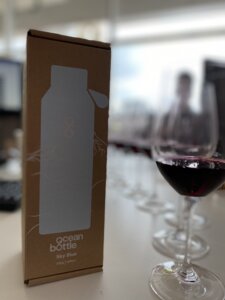
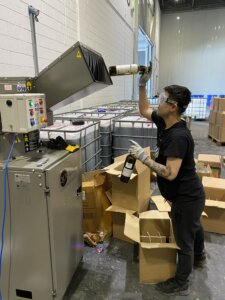
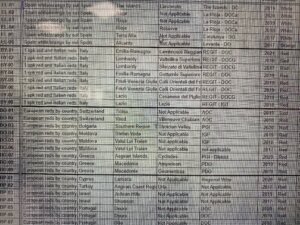

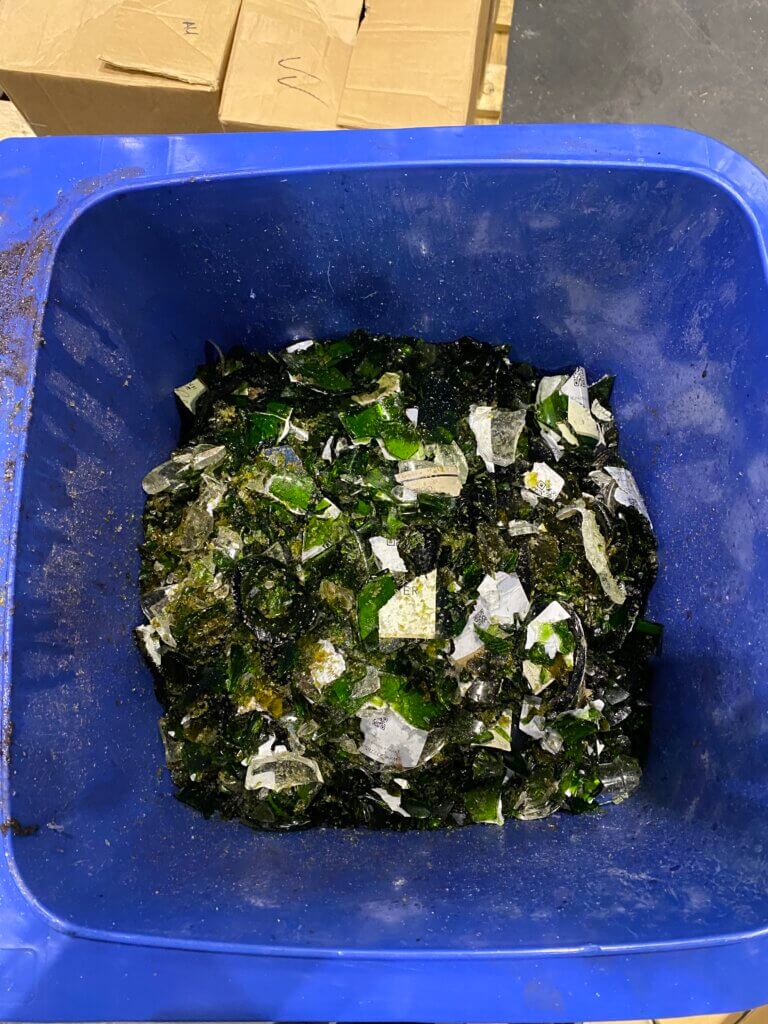
Wines mentioned
- Georges de la Chapelle Champagne Cuvee Nostalgie Brut NV, France
- Attis Embaixador Albarino 2018, Galicia, Spain
- Hacienda Lopez de Haro Rioja Gran Reserva Rosado 2009, Spain
- Albert Bichot Hospices de Beaune Cuvee Cyrot-Chaudron Clos de la Roche Grand Cru 2020, France
- Madame Veuve Point Volnay 1er Cru Clos des Chenes 2019, Burgundy
- Mossi 1558 Impetuoso Classico Gutturnio Superiore 2019, Emilia Romagna
- Bulas Cruz Diwine Douro 2020, Portugal
- Domaine Verzier St Joseph Empreinte 2020, France
- Bisquertt Crazy Rows Carignan 2020, Maule, Chile
- Morrisons Gran Montaña Malbec 2020, Argentina
- Vagabond Wines Chardonnay 2020, Essex, UK
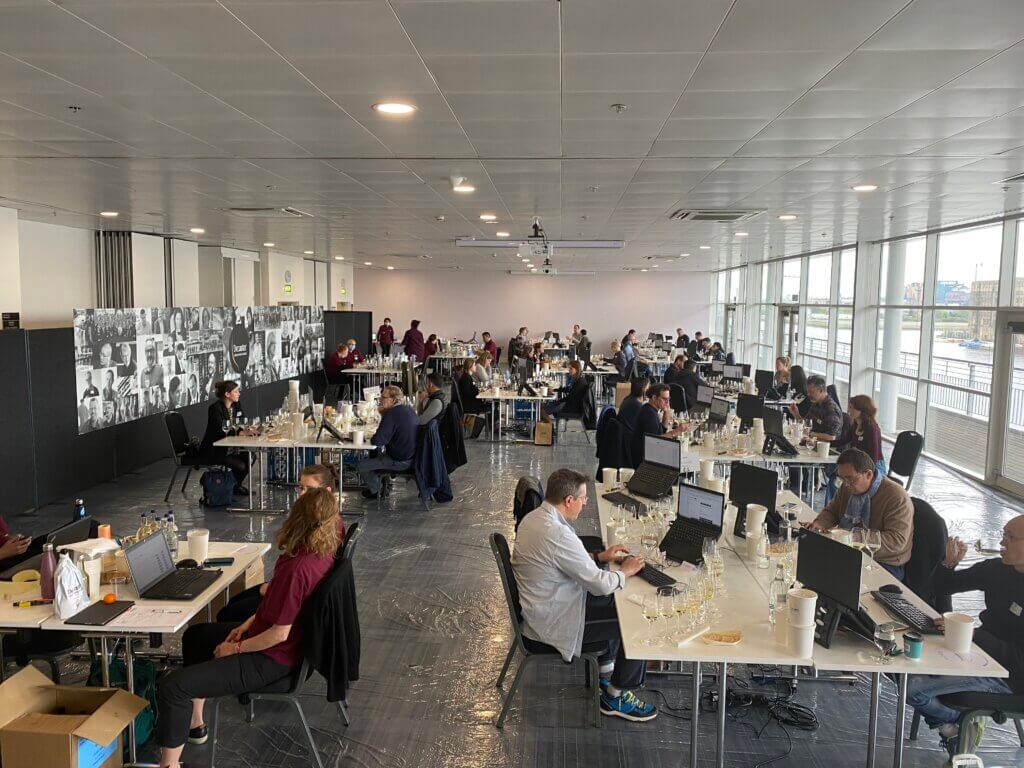
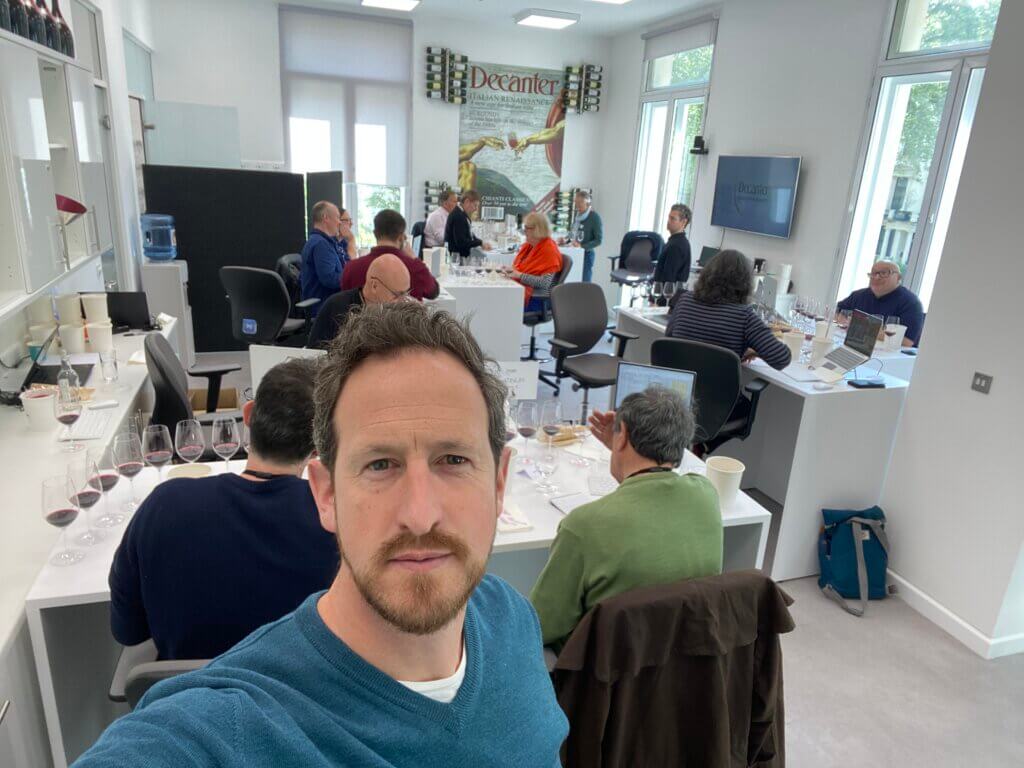
Shivani Tomar interview
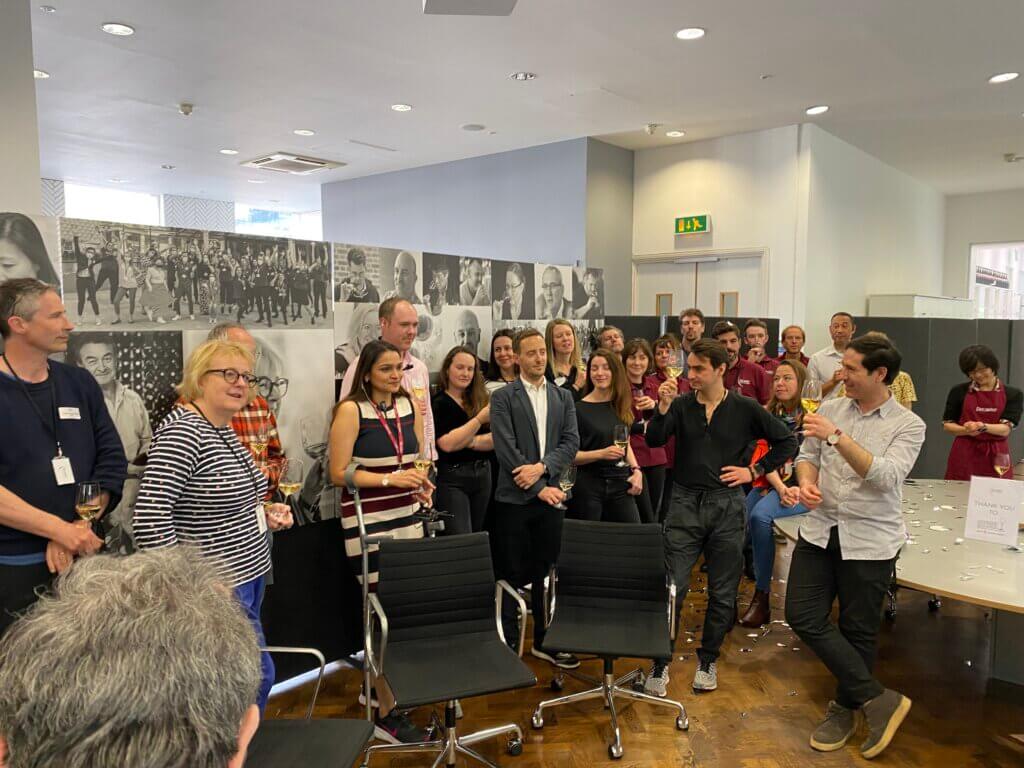
Peter Richards MW: How many wines were entered for the DWWA this year?
Shivani Tomar (ST): We had over 18,500 wines entered for DWWA 2022. This is our biggest year yet.
Peter Richards MW: Are you the biggest wine competition in the world?
ST: I’d say we’re definitely the most influential and one of the largest wine competitions in the world.
Peter Richards MW: Which countries/regions enter the most wines?
ST: Spain, France and Italy as one of the biggest countries in terms of entries. Spain over 2,500 wines.
Peter Richards MW: How many glasses do you use? I’ve personally seen oceans of wine glasses, more wine glasses I can ever fill in my lifetime…
ST: I don’t want to scare you but the number is over 30,000 wine glasses.
Peter Richards MW: Over 30,000! Separate wine glasses?! Where are these kept?! Is there some Fort Knox for glasses?! If you ever want a massive party, this is where to go..?!
ST: They come from Riedel, our official glass sponsor. We keep them in the massive warehouse at Excel. They were kept alongside the 18,500 wines we had in the warehouse.
Peter Richards MW: You could have the mother of all parties in there! But that would be breaking and entering. How much does it cost to enter?
ST: It costs £165 per wine entry.
Peter Richards MW: So just doing the sums in my head: that’s quite a profitable enterprise.
ST: Yes but there’s lot of elements behind it. You see how many judges we have, staff, the whole venue and everything.
Peter Richards MW: How many judges are there?
ST: Around 300 from all over the world. Around 80 judges from overseas: from Asia, New Zealand, Australia, South Africa, Argentina, Brazil, USA, in fact even from India!
Peter Richards MW: Yes, fantastic. Truly global, partly because you have panels that specialise in their field.
ST: Absolutely. We judge on the regional expertise basis. So a Brazilian wine expert will judge Brazilian wines. Argentina. Spain. And so on.
Peter Richards MW: I judge with several Brazilians and they were absolutely magnificent people to judge with. How many behind the scenes staff, non-judge staff?
ST: Over 70 runners, hired just for the competition. People pouring the wines, taking away, making your next flight ready.
Peter Richards MW: What impact does getting an award from the DWWA mean for producers?
ST: It’s a huge impact. I started on DWWA 3 years ago, I remember there was a particular wine which won a gold from UK. It was literally sold out in the next couple of weeks. So you can imagine the kind of impact DWWA medals have on the bottle and for producers’ sales. They get the recognition, they email us, often to say: the sales of the wine has changed overnight after winning an award, so this is huge for them.
Peter Richards MW: What about wine drinkers? What should they think when they see a medal from DWWA in the shop?
ST: I can talk from a consumer point of view. When I’m going to pick up a bottle from the shop, I look at all these wines and see: where do I start, which do I pick? If I see a DWWA medal, I know it’s been judged by the best wine professionals in the world, with regional expertise, and they know they have the consumers in mind. So if you’re looking for a bottle under £15, so it’s value, you can pick up the best of Rioja from that category. Or you would pick up a best Argentinian Malbec under £15 from this category from a Decanter medal.
Peter Richards MW: One last question: can you describe the journey a champion bottle goes on from entering to becoming Best in Show?
ST: That bottle of wine goes through such an immense pressure of showing itself and competing on a world stage with the rest of the wines in a particular flight where it’s categorised. In price, quality and it’s judged on those price bands and quality levels. When it’s been picked up as gold by judges, it goes to co-chairs who re-taste the wine to see if it’s really gold. When that’s done, those wines go to the gold room, where the magic happens. We cross-check all wines: is this the correct wine that’s been tasted, if it is, we pick up all the spares, it then goes on to the next level, platinum judging. Now it’s been awarded platinum, in 3rd round it goes to fight for best in show from best in world. So you can imagine: from 18,500 only 50 wines. So you can imagine that wine has a pretty tough fight and it’s done remarkably well to be there, to be where it is now.
Peter Richards MW: So it earns its stripes, and presumably sells out straight away, and is enjoyed very much. Shivani, thank you very much indeed.
ST: Thank you so much Peter.
Michael Hill-Smith MW interview

Peter Richards MW: So what’s the point of the DWWA?
Michael Hill-Smith MW (MHS): It’s a really good question. I think the most obvious point is that it is a good thing for consumers to get some guidance about wines in a bottle shop. That’s the simple answer. The second answer is that it’s a very good way of winemakers benchmarking their wines within their region but also internationally. And thirdly, and equally important, at least to me, is the camaraderie and meeting other judges and rubbing shoulders with the good, the great and the up-and-comers, which I really love. So there’s more to it than just a medal on a bottle.
Peter Richards MW: Starting with that medal on the bottle. A wine drinker in a bottle shop, faced with a wall of wine, sees a Decanter medal. What does that Decanter medal mean, what’s behind that medal?
MHS: The cynical approach would say that on a given day there’s a snapshot where a number of judges agreed that this wine had merit! But I think the reality is that it’s been judged by regional specialists and particularly – I don’t want to belittle bronze medals – but the reality is, that the wines that mean the most for me are those that have won gold, platinum, best of show. That doesn’t mean that…you know, bronzes are a good indication of a well made wine. But if you’re looking for that special extra bit of sparkle then I think you’re more likely to find it in gold and platinum.
Peter Richards MW: And you can find those top sparkly awards in the value wines as well as the very expensive ones. Because the cynic would say: you just see the big prices and give them top awards. What about the value wines, are you flagging those up too?
MHS: Exactly. Because in many cases you’d expect for example prestige cuvee champagne. Or the famous names. You’d expect them to do well. They’re a lot of money. But I do think people are really interested in wine and that doesn’t necessarily mean they have big budgets for wine. There’s an awful lot of stuff out there, there’s swimming pools of wine out there, so when you do walk in and find a value silver or gold from Decanter, I think it indicates that that wine at that price has significant merit.
Peter Richards MW: Tell me about a wine that’s got you excited in judging this year.
MHS: Mmmm. Well, I was shown a really good St Joseph from Northern Rhone. It’s of particular interest because first it’s northern Rhone, which is of particular interest. Then it’s Syrah, which I love. And thirdly, St Joseph is not as expensive as some. So I’m really looking forward to seeing who made that. Because it had this wonderful spicy, lack of oak, lovely freshness, unapologetically medium bodied. Which if you come from Australia isn’t always the case! And just bright and lively so I really enjoyed that.
It’s good also to see some of the Australian wines do well. There is one of our most idiosyncratic wines is aged Hunter Semillon and we saw one yesterday, from the 2016 vintage. They just look wonderful and don’t come from anywhere else. They’re unusual and not overly priced so I like those. We judged some Tokajis from Hungary and those wines are spectacularly good when they’re good. So lots of good stuff!
Peter Richards MW: What makes the DWWA different from other wine competitions? Because there are lots of them out there.
MHS: Probably the sheer size of it! This is a huge, massive Barquentine in full sail. It’s a big competition. It’s probably the largest in the world and if it’s not it’s an awful lot of wine. So that’s the first thing: it’s large.
Probably the major difference is people know what it is they’re judging. So for example, if you’re a specialist in champagne, you know you’re judging champagne and you’ll know the vintage and blend. So I think that helps because it means you’re judging to expectation, to typicity, instead of a whole lot of random wines and one gets up.
I sometimes think there might be a bit of vinous racism in it if you know what the region is. But for me it’s much better to know what you’re judging and judge it in context. So for example we judged a flight of Margaret River Cabernets yesterday; everyone at the table understood what Margaret River Cabernet can do and should be and when it’s terrific what it looks like. So they’re judging to type. That’s the first thing.
The other thing is we re-taste all the gold medals. And this filtration or extra step is unusual in most wine shows. So every gold medal gets re-tasted. Some of that is to look for the best golds and elevate them. But it’s also, more importantly, to remove or downgrade anything that’s a soft gold perhaps given at an emotional time of the day, at the end of the day when people are tired.
So for me this ability to go back again and tighten up the criteria, really helps.
Peter Richards MW: So there are lots of different levels. Gold, platinum, best in show. It’s very difficult to generalise but what do you look for in a Best in Show wine?
MHS: Well, Best in Show is selected from the platinums. And the platinums in any other language is of trophy quality. It means, of all the gold medals, that’s the wine that really stood out. So they are exceptional examples of type that have that real, almost hard to define extra, je ne sais quoi.
Best in show is…you might not do best in show in this way if you didn’t run a wine magazine. Because what they’re looking for is a list of the Top 50. And that’s a top 50 of some 100++ platinums. So in a way it’s partly editorial – in that you’re trying to give a snapshot of that year’s top wines, and you try and balance them. So for example there’d always be a couple of champagnes, a fabulous madeira, some exciting wines from here, there…
Peter Richards MW: You’re limited on the amount of fortified wines you can give!
MHS: Sadly! We all love these wines: sherry, port, madeira particularly. Does extraordinarily well here…
Peter Richards MW: We see some amazing examples of those wines…
MSHS: We always say to the consumer: you’re missing out on these. This is where the value lies.
Peter Richards MW: So to flag up a couple of places that are massively undervalued, delivering under-appreciated wines, what would they be?
MHS: In the fortified world: sherry, sherry and sherry. And after that probably Madeira! They just are wines that have so much intellectual interest, they’re delicious, they don’t cost very much, they’re not made anywhere else in the world. So the top 50 is kind of fun having that debate. It’s like the top 10 movies of the year, or the top 20 best dressed men in London.
Peter Richards MW: Or your Top 1 child. Don’t answer that! What about the criticism that certain kinds of wine do well in competition:s the big wines, while the more subtle and elegant wines can easily get lost?
MHS: that is true. There’s always a fatigue factor. That’s why we judge in groups of three not solo because people do get tired at different rates and it is a team sport not an individual sport so that’s the first thing. It is true the louder wines in general get attention. But I think less so at Decanter. Because people know what they’re looking for. And if they’re judging Beaujolais or Cabernet Franc from the Loire – they know exactly what they’re looking for. And the flights are a bit shorter, so you don’t get these long 30-40-50 flights of the same wine, which can be quite fatiguing.
Peter Richards MW: Final note, you mentioned that part of the purpose of these awards is the people. Sharing views, discussing wines, helping develop people who might be younger. How important are the people to the DWWA?
MHS: If someone said to me why do I come and judge here? It’s probably the people. And the wines in equal…I’ll never be invited back again!!
The people are everything. The quality of the judges, the different experiences of the judges, the different degree of knowledge, the sharing of judges. And really importantly, the development of young talent. So when you’ve got a young sommelier studying for their MS exams or a young would-be MW, the ability to come and assess wines, firstly from a quality viewpoint, but secondly to really understand what’s happening in that region or country. They give up their time and we want to make sure, at end of the week, they say: ‘Wow that was really good: we found some terrific wines but I really learnt a lot. And I had some fun along the way.’
Peter Richards MW: Michael Hill-Smith, thank you very much indeed.
MHS: Cheers.
Simon Wright and Victoria Stanage interview
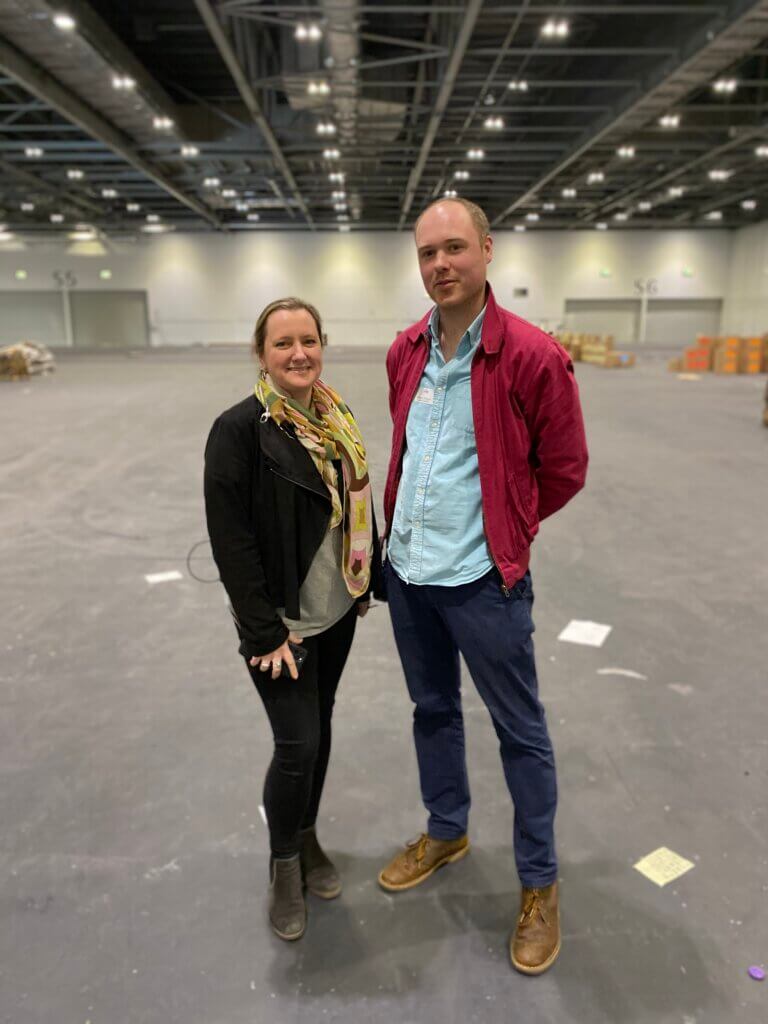
Simon Wright: It’s been a very busy week! Very happy it’s all gone very well.
The beauty of working in a large venue like Excel is the huge space we get to call our warehouse. It houses 18,300 entries this year, which is a record-breaking year, which in itself is a huge amount of wine. But if consider that for every entry we ask for 4 bottles, so we’re talking over 73,000 bottles of wine stored in the warehouses. It’s pretty incredible. And when you see it, it really brings home the scale of our competition.
As well as being the best wine competition in the world, we’re also the biggest.
So as well as it it being a real hub for the wines, where they’re all opened by an expert team of staff. It’s also where we undertake all the rubbish and recycling. And we’re really priding ourselves on improving our green credentials every year.
So we’ve got a glass crusher we invested in this year, which makes the disposal of 18,000-odd bottles a lot easier and also greener. We’ve got a wheely bin we can fit nearly 200 bottles of wine in. Because it’s easier to process, it can be collected by our recycling partner on their daily rounds so we’re not having to send out specific vehicles to collect 18,000 unbroken bottles of wine.
In addition to that, all the leftover wine is being poured into large IBC storage units, we have about 12. At end of the competition, they’re taken away by our recycling partner to be converted into energy that serves the national grid. So every year we’re trying to make these improvements to increase the green credentials.
Peter Richards MW: The wine slops/leftovers, how does it serve the grid?
Victoria Stanage: It goes through an anaerobic digestion process where they turn the leftover wine into methane gas and they sell that into the national grid.
Peter Richards MW: Solving all our gas problems in the process…
Victoria Stanage: So the food we have here at Excel, any food not eaten is taken to the UK’s largest commercial wormery, that they have here on site, where 300,000 worms are composting the leftover food we don’t eat.
And in addition to that we’re also working with Belu water, we have their ocean bottles and their water coolers, to reduce the number of glass bottles already recycled but we’re encouraging people to use refill bottles because each one of those bottles is taking plastic bottles out of the ocean.
So we’ve reduced the number of plastic items we used for DWWA. We used to have plastic cup spittoons, plastic cups for staff to drink, plastic over the tables. We’ve looked at each element and actually the plastic bags the bottles are wrapped in are recyclable, so we have looked into alternatives but actually we’re happy with that.
We just aim get a little bit better every year and when we find a new way to be sustainable, we go for it.
Peter Richards MW: Just sum up for me briefly, as someone in charge of logistics for the world’s largest wine competition, how do you sum up the scale of the challenge?
Simon Wright: I think I’d sum it up by saying it’s only possible by having a very strong team of people who enjoy working with each other and actually end up having a very tough week but an extremely enjoyable week with real camaraderie. It’s all about the people – our guys are great, they come from a diverse range of backgrounds, they’re a hell of a lot of fun to be around, and yeah it’s tiring but everyone gets a lot out of it.
Peter Richards MW: It would be a great shame if you had this much wine and people weren’t having fun around it somehow.
Simon: Precisely. No comment!
